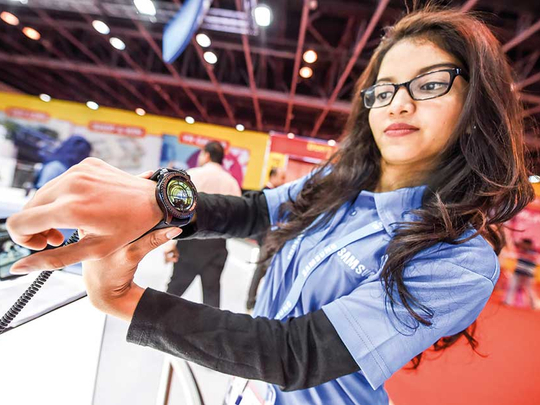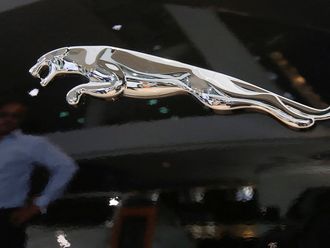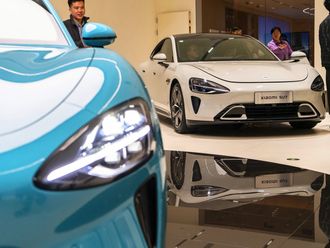
DUBAI
The wearables market is still growing, with basic bands gaining traction rather than smartwatches.
In the UAE, the wearables market is expected to reach 112,949 units in the first quarter of this year compared to 89,830 units a year ago, registering a growth of 26 per cent.
Fouad R. Charakla, research manager at International Data Corporation (IDC), said that buyers for smart wearables are limited as the main application for these devices is fitness, which is an area that basic wearables also cater for at a much lower cost.
Retailers are having dedicated stands at Gitex to display different wearable brands and showcase its different uses.
In the Middle East and Africa region, the strong performance was driven low-cost basic wearables (i.e., devices that do not support third-party applications), which grew 67.9 per cent year on year in 2016. The growth for smart wearable devices (i.e., devices that do support third-party applications) was not quite as spectacular, with shipments up 20.7 per cent over the same period.
Nakul Dogra, a senior research analyst at IDC, said that health and fitness are the only areas currently addressed by wearable tech. He said that there is a need for wearables to evolve from basic functionalities like counting steps and analysing sleeping patterns to more complex functionalities that rely on the use of third-party apps. Such apps are clearly underutilised in the current scenario, which is limiting the growth of smart wearables.
With fashion hogging much of the limelight, he said that utility is being pushed into the shadows. Sales of wearables will increasingly be driven by fashion labels that are partnering with tech brands, a move that will help take wearables to a new audience and broaden the retail of these gadgets beyond traditional electronics stores and into fashion outlets.
Madhukesh Thambi, an IT professional from Dubai, said that he has a basic band and a smartwatch. “Right now, the band and the watch, as well as my smartphone, shows different readings. So, I am not sure which is right. I even don’t know what are the right step counts and sleep hours for my age,” he said.
He said the advantage of these devices is that it motivates a user to clock in a set of measures.
Dogra said that the majority of smartwatches are generic in nature, with a single device trying to cater to the multiple needs of a varied set of consumers, often with poor results.
This segmentation is, therefore, a “positive move” for the wearables industry, with customer satisfaction and stickiness likely to increase if these niche products are able to address their needs better, he said.
He also believes that wearables vendors must look to differentiate their products from smartphones and create a compelling need for wearables within the broader ecosystem of gadgets.
“Without this differentiation, wearables will stagnate and be viewed as little more than fashion accessories for your smartphone. Wearables have the potential to form an integral part of the Internet of Things ecosystem, so it is imperative that vendors come up with innovative solutions that move beyond health and fitness to enable consumers to perform day-to-day tasks in an easier way,” he said.












